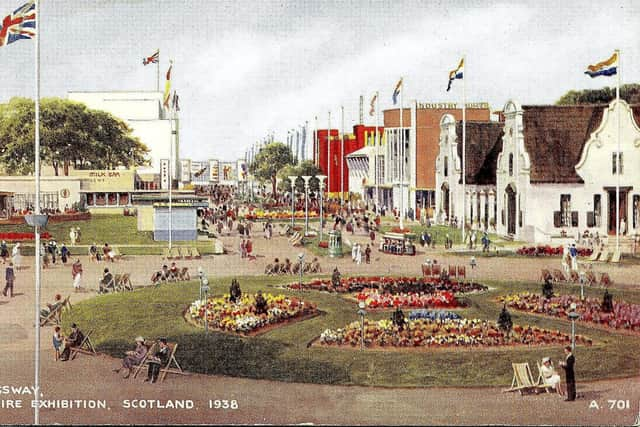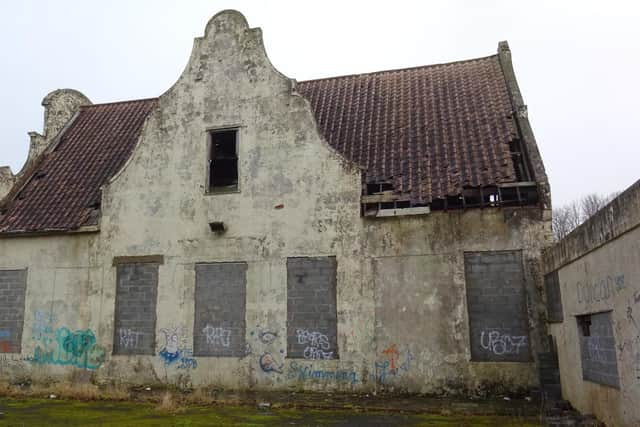Africa House - the jewel of 1938 Empire Exhibition still standing - saved on abandoned industrial site
Such was the popularity of the South Africa Pavilion – packed with ostrich feathers and displays of diamond, gold and silver mining, wine making and indigenous village life – there was a campaign to stop it being demolished once the exhibition, which attracted 12 million visitors, came to an end.
Aberdeen wanted to take it north, with Glasgow also hoping to claim it for good.
Advertisement
Hide AdAdvertisement
Hide AdPerhaps bizarrely, it ended up at the ICI explosives factory at Ardeer in North Ayrshire where it served as a canteen for workers.


Today it can still be found on the largely abandoned site, derelict, vandalised and in a poor state after its roof caved in last summer.
But more than 80 years on from the exhibition, it would appear the pavilion, later renamed Africa House, has been saved once again, with Historic Environment Scotland (HES) now rejecting an application by a housing developer to have its B-listed status removed.
A HES spokesperson said: “Following a request to consider delisting Africa House, we carried out a review of the listing and have concluded that the building continues to meet the criteria of special architectural or historic interest and should remain listed.


"We are also updating the listed building record to include additional information about the history of the building. We will continue to work with the local authority, owner and other relevant parties as they consider options for the building following the designation review.”
The former South Africa Pavilion, which was built with distinctive Dutch Baroque gables, is one of the few remaining buildings from the exhibition. It took its place in the 'Dominions and Colonies' section, together with Canada and Australia.
According to HES records, it was built by James Miller (1860-1947), a well-respected Glasgow architect whose other projects included the Union Bank building in St Vincent Street, an extension to Glasgow Central station and Wemyss Bay railway station.
The building, which has not been used for 25 years, was bought over by Clowes Developments Scotland Ltd, which was granted planning permission in 2015 to build 70 houses on the ICI site.
Advertisement
Hide AdAdvertisement
Hide AdLast year the company applied to North Ayrshire Council for permission to demolish Africa House, suggesting it was Miller’s son George, a lesser-known architect, who actually designed it.
A local campaign to save it led to the application being withdrawn, with developers then asking HES to reconsider its listed building status.
Architectural historian Neil Baxter said Africa House was always meant to be a temporary structure.
Mr Baxter said: "The building is of no great architectural distinction, but it is a rare survivor of the exhibition, which was hugely important.
“It isn’t a great building, nor something of real architectural quality. It’s essentially ersatz Cape Dutch, totally at odds with the prevailing modernism of the rest of the Empire Exhibition.
"If the building is standing in the way of what would be a positive development for the community, then there would be an argument for careful recording of the building and demolition.”
Clowes Developments was approached for comment.
A message from the Editor:Thank you for reading this article. We're more reliant on your support than ever as the shift in consumer habits brought about by Coronavirus impacts our advertisers.
If you haven't already, please consider supporting our trusted, fact-checked journalism by taking out a digital subscription.
Comments
Want to join the conversation? Please or to comment on this article.
